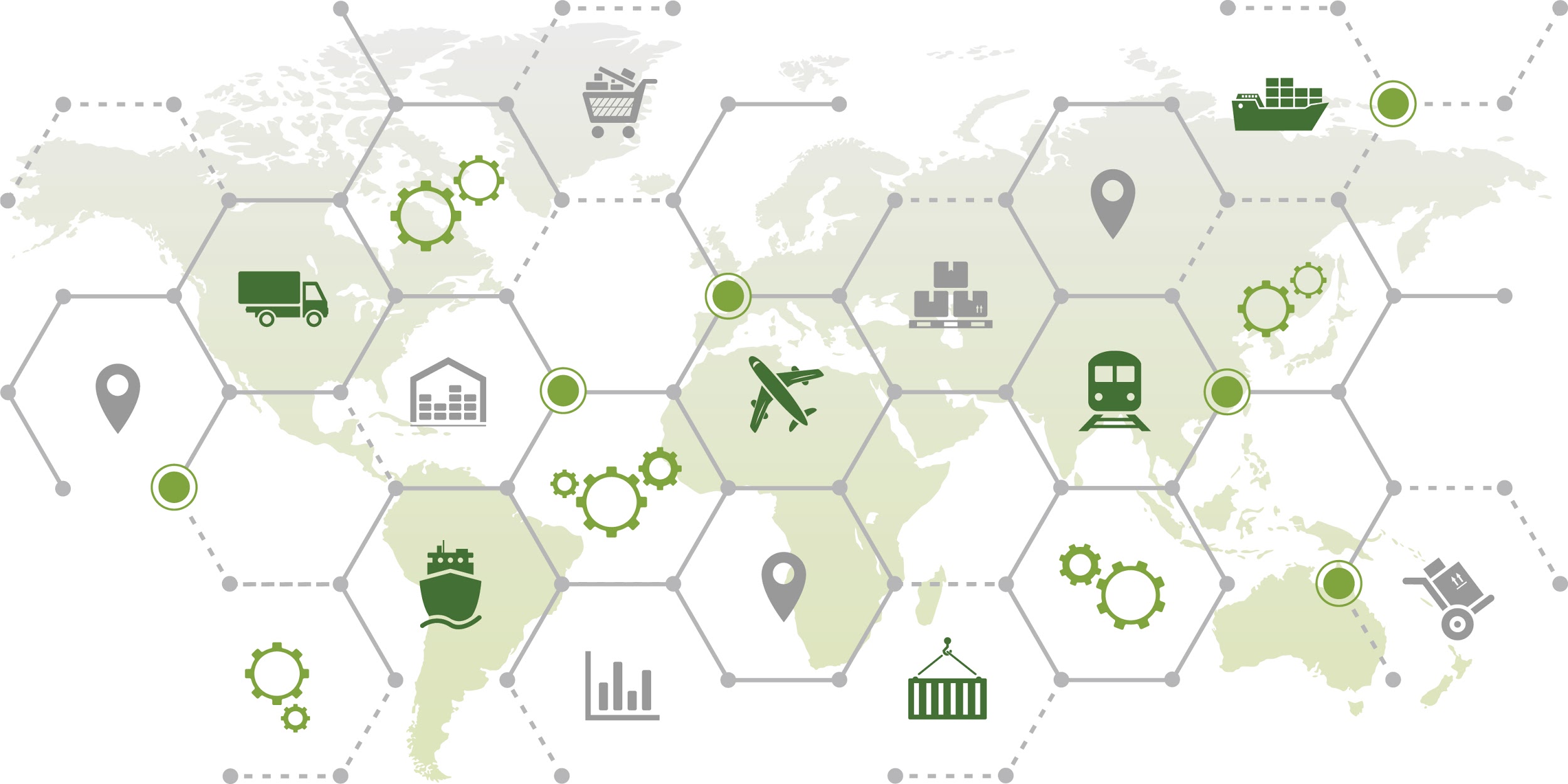There’s a panic beneath the surface of global supply chains, and history has shown that it’s going to get much worse before things get better. That’s especially true for the logistics industry.
The Coronavirus outbreak, which began in Wuhan, China, has infected nearly 75,000 people, most in the central Hubei province. Unfortunately, government controls in China and changes in how healthcare workers are classifying infectious cases means there could be significantly more. It’s too late to make preparations for the Coronavirus now, but you can — and should — plan now for future supply chain disruptions.
The illness is spreading quickly. It’s already disrupting supply chains and manufacturing efforts around the globe. Foxconn Technology Group, the famous Apple supplier and one of the world’s largest electronics contract manufacturers, says the epidemic will hit the company’s bottom line across most sectors and industries.
Workers are staying home sick or to avoid becoming sick, plants are closing more extended periods, ships are not shipping, and work is going undone. While we’re focused heavily on the human cost of the illness, we should also look at how it is impacting the broader economic ecosystem, and the potential for long-lasting business impacts.
Your company should start working now to mitigate some risks and protect your supply chain, but it’s worth remembering that the Coronavirus outbreak has struck at a time when the world’s economy is interconnected. Globalized. The time for a pen-and-paper response is long over, especially considering what’s new about this outbreak.
This piece was created for ShipStream as part of their ongoing COVID-19 coverage. Read the full piece here.
 Geoff Whiting
Geoff Whiting

 Telegram Open Network (TON) White Paper
Telegram Open Network (TON) White Paper